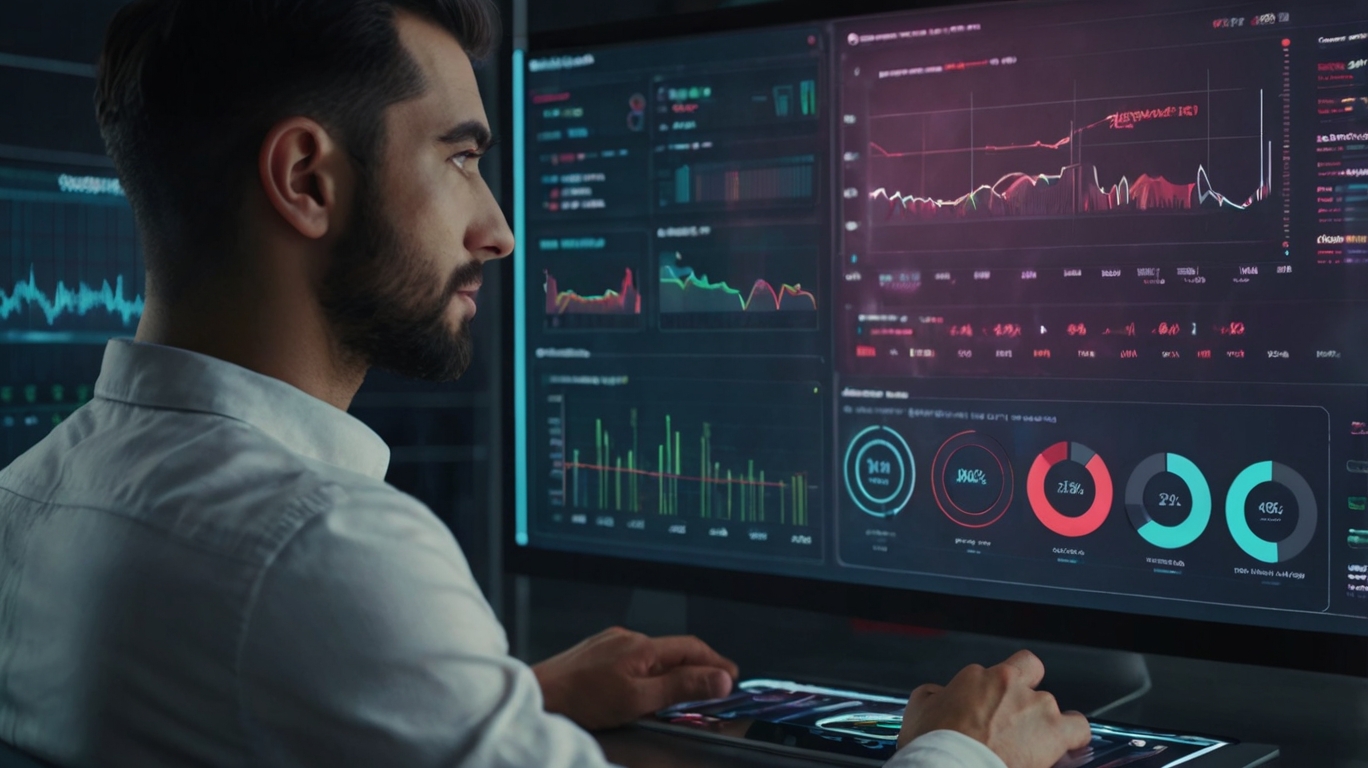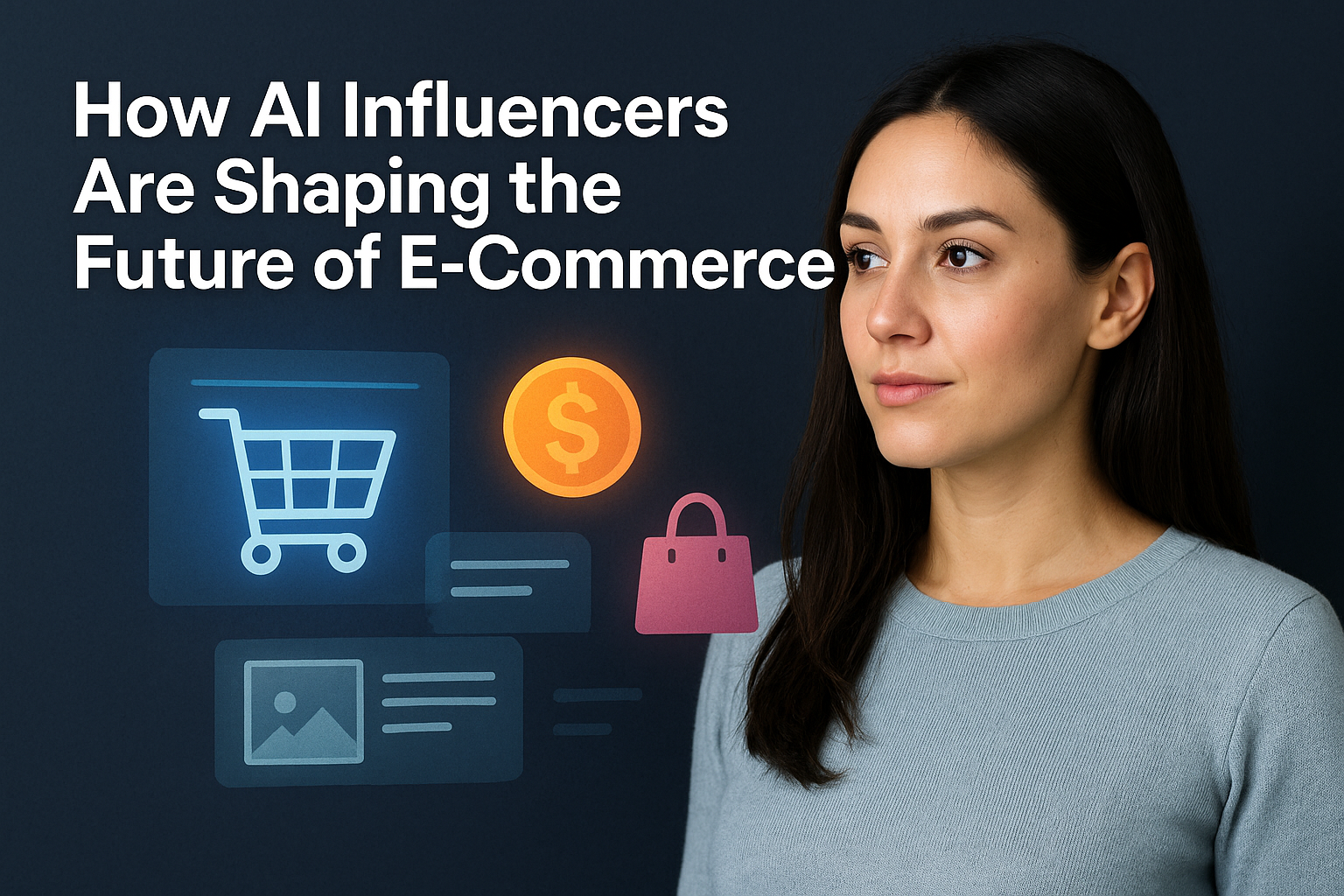Let me tell you something: if you’re not already thinking about how AI influencers can transform your ad budget, you’re leaving money on the table. As someone who’s been in the digital marketing game for years, I’ve seen firsthand how AI influencers are changing the way brands approach advertising. They’re not just a trend—they’re a game-changer.
In this post, I’ll break down exactly how AI influencers can help you maximize your ad budget, share real-world examples, and give you actionable tips to get started. Whether you’re a small business owner or a marketing executive at a global brand, this is the future of advertising, and it’s time to get on board.
What Are AI Influencers?
Before we dive into the nitty-gritty, let’s make sure we’re on the same page. AI influencers are virtual personas created using artificial intelligence, often combined with CGI (computer-generated imagery). They look and act like real people, but they’re entirely digital. Think of them as the next evolution of brand mascots, but with a personality, a social media presence, and the ability to engage with audiences in real-time.
Some of the most famous AI influencers include Lil Miquela, Shudu, and Noonoouri. These virtual stars have worked with major brands like Prada, Calvin Klein, and Samsung, proving that AI influencers are more than just a novelty—they’re a powerful marketing tool.
Why AI Influencers Are a Budget-Friendly Option
Let’s get real: traditional influencer marketing can be expensive. Top-tier influencers charge tens of thousands of dollars for a single post, and even micro-influencers can add up quickly if you’re running a large campaign. That’s where AI influencers come in. Here’s why they’re a cost-effective alternative:
1. No Negotiations or Contracts
With human influencers, you’re dealing with agents, contracts, and endless back-and-forth negotiations. AI influencers, on the other hand, are fully controlled by the brand or the agency that created them. This means no haggling over fees or worrying about last-minute cancellations.
2. Lower Production Costs
While creating an AI influencer requires an upfront investment, the long-term costs are significantly lower. Once the virtual persona is developed, you can use them across multiple campaigns without additional photoshoots, travel expenses, or wardrobe costs.
3. Scalability
AI influencers can work 24/7, across multiple platforms, and in multiple languages. This means you can run global campaigns without the logistical headaches (or costs) of coordinating with human influencers in different time zones.
4. Full Creative Control
Ever had a campaign derailed because an influencer didn’t follow the brief? With AI influencers, you have complete control over the messaging, tone, and visuals. This reduces the risk of costly mistakes and ensures your brand stays on point.
How AI Influencers Maximize Your Ad Budget
Now that we’ve covered the basics, let’s talk about how AI influencers can help you get the most bang for your buck.
1. Hyper-Targeted Campaigns
AI influencers can be programmed to analyze data and adapt their content in real-time. This means they can create hyper-targeted campaigns that resonate with specific audience segments. For example, if your analytics show that a particular demographic responds better to video content, your AI influencer can prioritize video posts for that group.
2. Consistent Engagement
Human influencers have lives outside of social media, which means they can’t always post at optimal times or respond to comments immediately. AI influencers, on the other hand, can engage with your audience 24/7, ensuring consistent interaction and higher engagement rates.
3. A/B Testing Made Easy
One of the biggest advantages of AI influencers is their ability to run A/B tests at scale. You can create multiple versions of a campaign, test them simultaneously, and use the data to optimize your strategy. This level of precision is nearly impossible with human influencers.
4. Long-Term ROI
While the initial investment in an AI influencer might seem high, the long-term ROI is undeniable. Unlike human influencers, who may lose relevance or demand higher fees over time, AI influencers can evolve with your brand and continue to deliver value for years.
Real-World Examples of AI Influencers in Action
Still not convinced? Let’s look at some real-world examples of brands that have successfully used AI influencers to maximize their ad budgets.
1. Prada x Lil Miquela
Prada partnered with Lil Miquela to promote their SS20 collection. The campaign featured a series of Instagram posts and stories, showcasing the virtual influencer wearing Prada’s latest designs. The result? A 20% increase in online sales and a 30% boost in social media engagement.
2. Calvin Klein’s Virtual Models
Calvin Klein created a virtual version of model Bella Hadid for their #MyCalvins campaign. The AI influencer was able to appear in multiple locations simultaneously, reducing the need for expensive photoshoots and travel. The campaign generated over 1 million impressions in just one week.
3. Samsung’s Neon Project
Samsung’s Neon project introduced a series of AI-powered virtual assistants that doubled as influencers. These virtual personas were used to promote Samsung products across social media, resulting in a 15% increase in brand awareness and a 10% boost in sales.
How to Get Started with AI Influencers
Ready to dip your toes into the world of AI influencers? Here’s a step-by-step guide to help you get started:
1. Define Your Goals
Before you even think about creating an AI influencer, you need to know why you’re doing it. What do you want to achieve? Here are some common goals brands have when working with AI influencers:
- Increase Brand Awareness: Use your AI influencer to introduce your brand to new audiences.
- Drive Sales: Promote specific products or services through targeted campaigns.
- Engage Your Audience: Create interactive content that keeps your audience coming back for more.
- Build a Unique Brand Identity: Use your AI influencer to differentiate your brand from competitors.
Pro Tip: Make your goals SMART—Specific, Measurable, Achievable, Relevant, and Time-bound. For example, instead of saying, “I want to increase sales,” say, “I want to increase online sales by 20% in the next 6 months using an AI influencer.”
2. Choose the Right Platform
Creating an AI influencer from scratch can be complex, but luckily, there are platforms and tools that make it easier. Here are some of the best options:
a. Soul Machines
- What it does: Creates lifelike digital humans with emotional intelligence.
- Best for: Brands looking for highly realistic AI influencers.
- Cost: Custom pricing (typically high-end).
b. Brud
- What it does: The company behind Lil Miquela, one of the most famous AI influencers.
- Best for: Brands wanting to partner with established virtual influencers.
- Cost: Partnership-based (can be expensive).
c. Synthesia
- What it does: Allows you to create AI-powered video content with virtual avatars.
- Best for: Brands looking for cost-effective video campaigns.
- Cost: Starts at $30/month.
d. Reallusion’s Character Creator
- What it does: A 3D character creation tool that integrates with platforms like Unity and Unreal Engine.
- Best for: Brands with in-house design teams.
- Cost: Starts at $199.
Pro Tip: If you’re on a tight budget, start with a simpler platform like Synthesia or Reallusion. You can always upgrade later as your campaigns grow.
The Future of AI Influencers
The rise of AI influencers is just the beginning. As technology continues to evolve, we can expect to see even more innovative uses for virtual personas, from personalized shopping experiences to interactive storytelling.
So, if you’re looking to maximize your ad budget and stay ahead of the curve, now’s the time to embrace AI influencers. Trust me, your future self will thank you.

